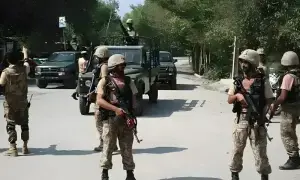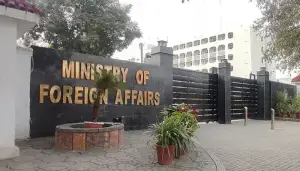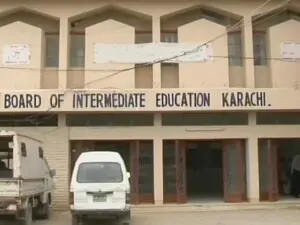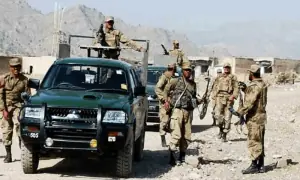Why does the sea begin raging around Hawkes Bay in July?
Videos of Karachi’s renowned Hawkes Bay beach have been circulating on social media for the past few days, showing the raging sea engulfing the entire coastline, including huts, and reaching the road.
These videos are a common sight during June, July, and August, when authorities close off Hawkes Bay and prohibit swimming. Despite these measures, many reckless individuals lose their lives each year.
Hawkes Bay is a tranquil coastal destination located several kilometers from Karachi, offering recreational facilities like huts.
The area is divided into several sections, with Neelum Point and Paradise Point being the most popular.
Hawkes Bay’s coastline stretches from Manora to Umalia, encompassing Turtle Beach, Sands Point, Kaka Village, Sonehra Beach, French Beach, Somar Goth, Rahman Goth, and the Lal Bakhar area.
Lal Bakhar includes Lashkari Goth, Singhar Goth, Mehboob Ali Goth, Ramadan Goth, and Faqir Muhammad Goth.
The residents of these Goths are primarily engaged in fishing.
June hottest on record, beating 2023 high: EU climate monitor
Several areas in GB inundated due to glacier melting
Delhi swelters in record heat for second day
Hawkes Bay attracts green turtles from around the world for nesting, with Turtle Beach being a renowned breeding ground for these endangered creatures.
The sea at Hawkes Bay typically becomes turbulent in July and August, with high waves crashing against the huts on the shore and water flooding the roads, making it appear as if the sea is reclaiming its territory.
This phenomenon is known as “high tide” or “rising sea” in common parlance.
While the sea level naturally rises at night due to the moon’s gravitational pull, the raging sea in July and August is attributed to the monsoon winds.
Pakistan’s coastline is part of the Arabian Sea, which is known for its high waves due to two powerful currents: the first is the southwest and northeast monsoon flow, and the second is the Somali Current, which is active during the monsoon season.
Monsoon winds in the region influence these currents. The southwest monsoon brings heavy rainfall to the western coast, which can impact marine dynamics.
Hawkes Bay’s coastline is a long, open stretch, offering no barriers to slow down the sea wind, resulting in strong winds that trigger high waves.
However, climate change plays a crucial role in this phenomenon. Global warming is causing glaciers to melt, leading to rising sea levels, and the sea is attempting to reclaim its lost territory.
For the latest news, follow us on Twitter @Aaj_Urdu. We are also on Facebook, Instagram and YouTube.

















Comments are closed on this story.